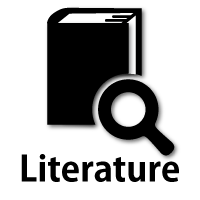Non-hereditary Myopathies
Endocrine myopathies
2. Diseases of the adrenal glands
(1) Cushing syndrome
Cushing syndrome is characterized by excessive production of adrenocortical hormones. It results from either excessive adrenocorticotropic hormone (ACTH) production by the pituitary gland or excessive production of cortisol by the adrenal cortex. Neoplasms and therapeutic administration of these hormones may also lead to excessive ACTH or cortisol production.
Cushing syndrome induces steroid myopathy, which shows a multifactorial etiopathogenesis. Corticosteroids promote protein catabolism and insulin resistance, which consequently suppresses energy metabolism of cells. Catabolism is caused by suppression of amino acid supply and enhanced lysosomal action. Protein synthesis is also suppressed through suppression of mTor and insulin-like growth factor 1. Corticosteroids also up-regulate myostatin, a factor that inhibits muscle growth (Schakman, 2008).
Histopathological findings of steroid myopathy are represented by type 2 fiber atrophy (Fig. 57).
Severe type 2 fiber atrophy may mimic neurogenic atrophy, because based on their size, fibers can be categorized into two groups, and atrophic type 2 fibers often appear angulated.

Fig.57
Myopathy associated with longstanding corticosteroid therapy. Type 2 fiber (dark) atrophy.




